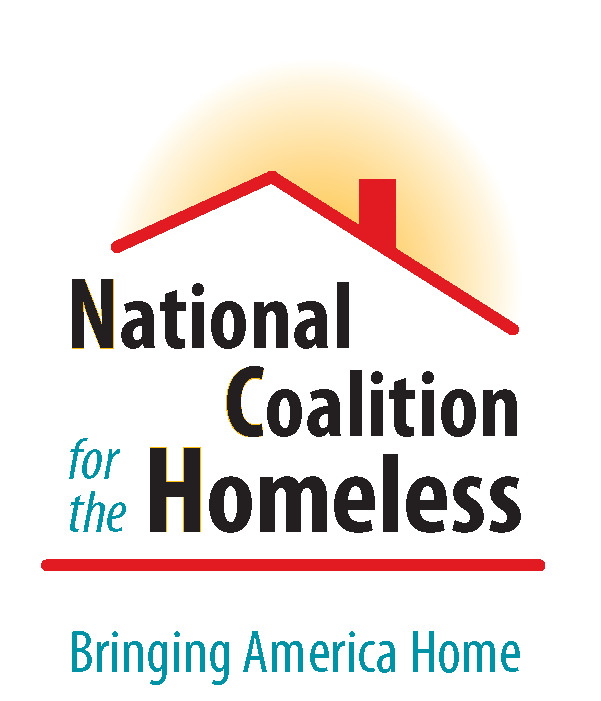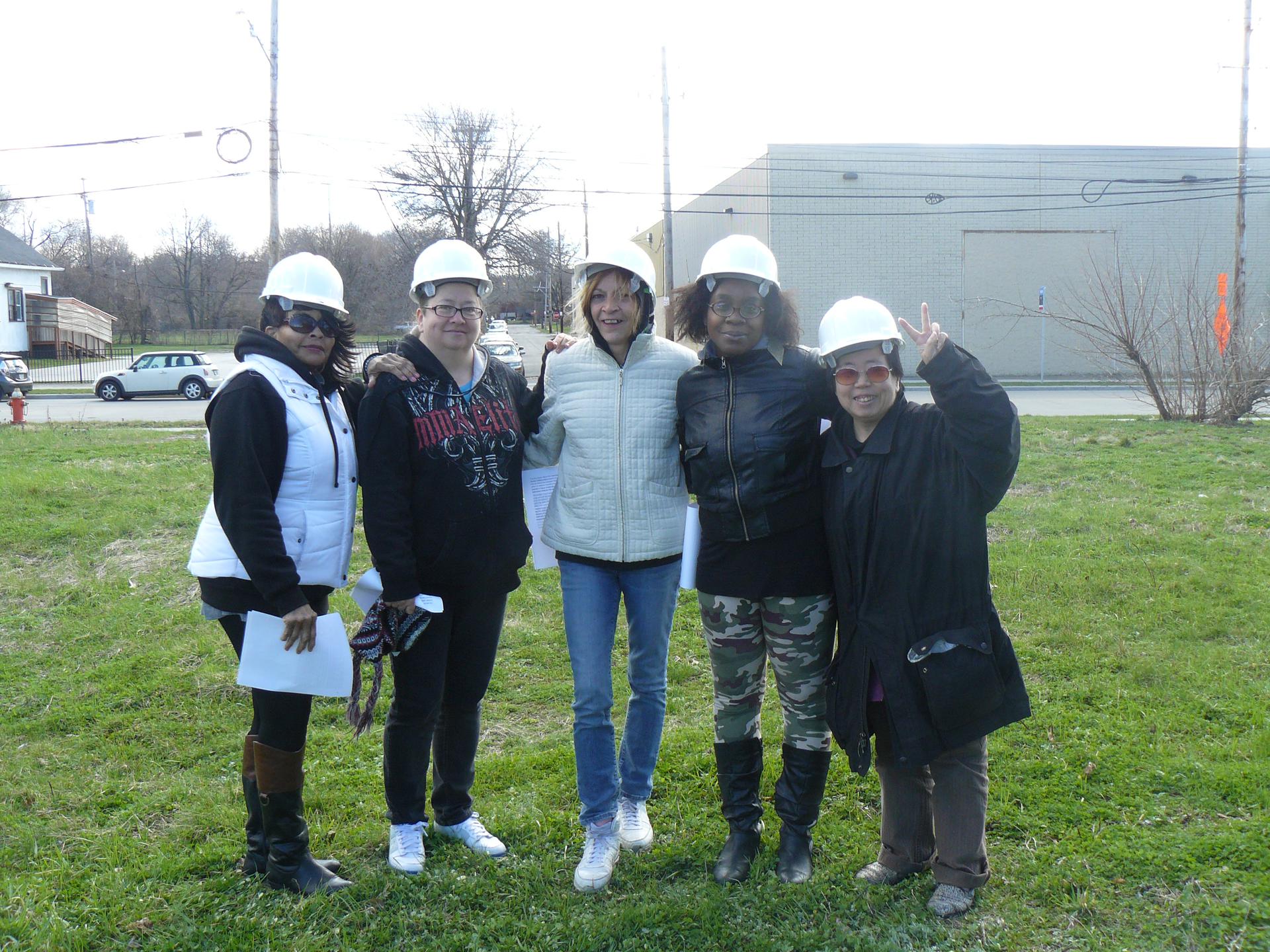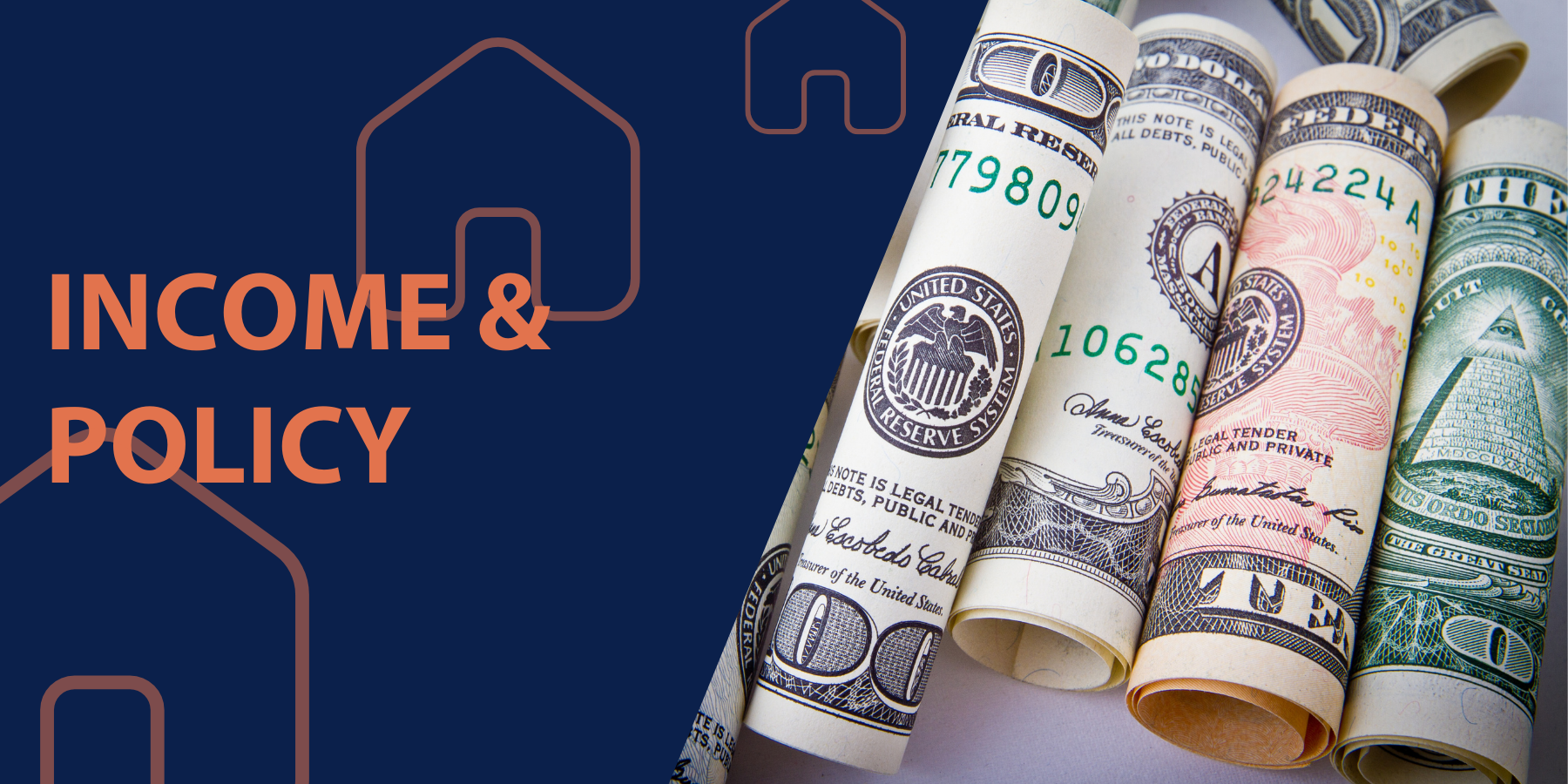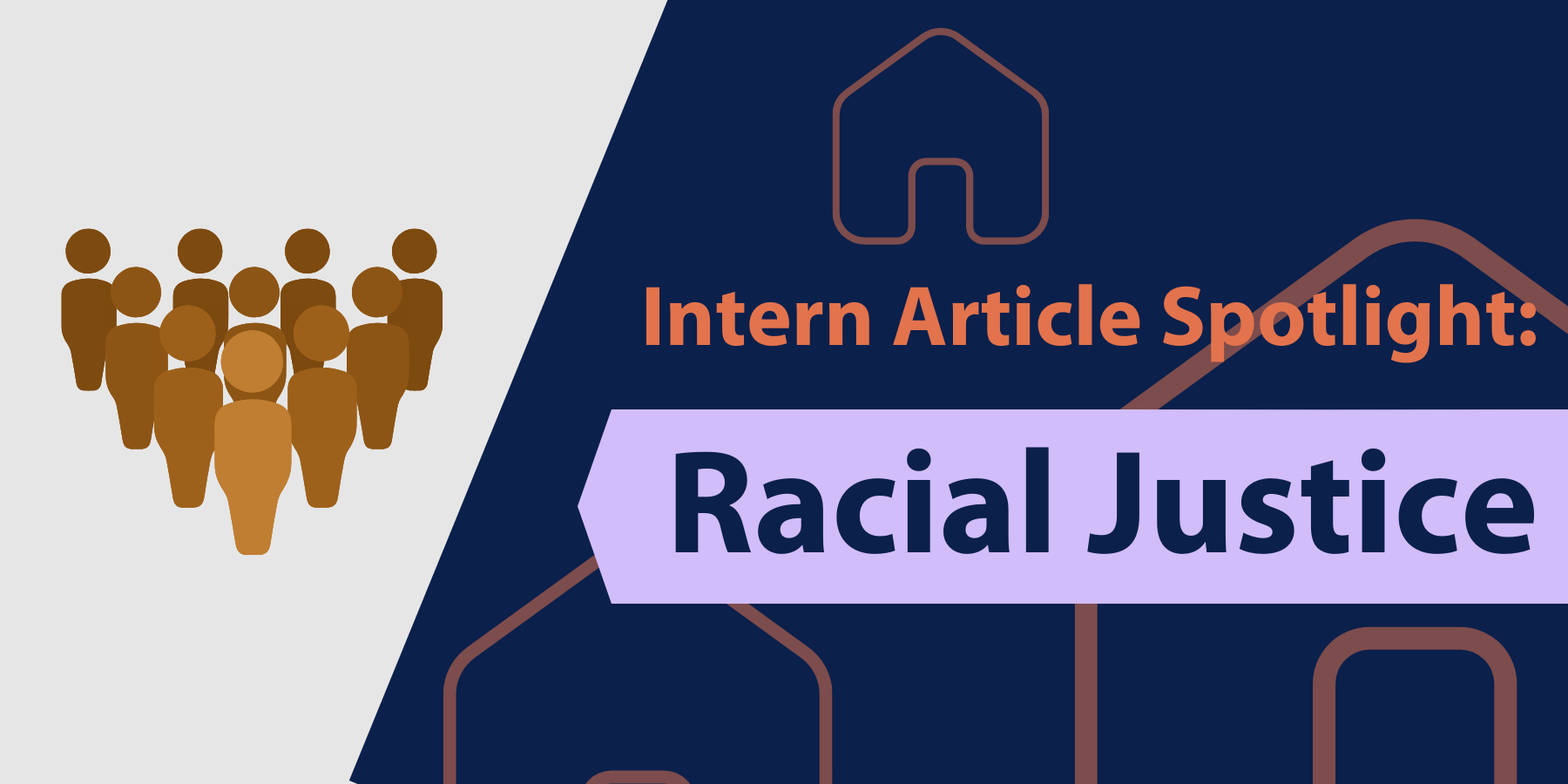
Feb 1st-Feb 28th, 2022
National Coalition for the Homeless
February Newsletter
Happy Black History Month to all!
Here's our February updates.

NCH's Valentine Day Action
On February 14th, 2022, NCH went on the hill with local neighbors and advocates and called on congress to #PassBuildBackBetter. We're thankful for those who showed up to advocate with us, and those who joined us and advocated virtually! The fight to eradicate homelessness must be done together, and your advocacy is critical in progressing this movement. NCH collected the names of over 5,700 people who passed away last year due to homelessness. That's 5,700 of at least 17,500 preventable deaths. This is a national emergency, and it is past due time to pass legislation that invests in our communities and saves lives. Watch our Facebook live on February 14th as we read our letter to the senators with our critical message: Pass Build Black Better with Housing.

Img Description: Loh and other women from the shelter in Cleveland imaging what a better shelter would look like.
The National Coalition for the Homeless is looking to partner with groups from around the country led by those with recent homeless experience. We want your input on re-imaging shelter, tiny homes, point in time counts, permanent supportive housing, sweeps, and a ton of other issues. We also have an ability to get those with homeless experience to evaluate programs funded by the federal government and get paid to offer advice. We have a monthly meeting of these groups that we would love to have you participate in. Finally, we will be developing an on-line platform to feature the art work, images, poetry, and creative writing of those who are without housing. We would love to stay in contact with you.
Please contact [email protected] to get involved.

Income/Employment
This period of time in America has become known as “The Great Resignation” (a period in late 2021 where a record 4.1 million people quit their jobs). Some may classify it as “Starvation Wage Suppression”. Others in the fight for decent wages may desire “Wealth Appropriation” (the distribution of financial resources eliminating discriminatory behaviors based on race, gender, or religion).
Let’s take a look at the first topic of wealth appropriation:
Minimum Wage
American Family – raised their minimum wage to $23 per hour. The four companies in the group gave their employees their second wage increase in two years. This affects workers such as call center, and claims employees. The objective for the increase is to keep their top people, and draw in new talent according to Chief People Officer Tracy Schweitzer.
In order to keep the noise down from employees about their pay, employers should take notice on what’s going on across the country. To be fair, over 100 companies have taken matters to their own hands to raise their wages to at least $15 an hour. Companies such as Best Buy, Costco, and Southwest Airlines, have stayed competitive for recognizing that paying a decent wage equals value, and retention. This is a result of workers demanding better pay, and protesting. While COVID – 19 has devastated our economy, it has shed a spotlight on how low wage workers are paid, and treated. Since January 1st, 21 states, and 35 cities have raised their minimum wage from the previous year according to the National Employment Law Project. Read more below.
Let’s take a look at the second topic of wealth appropriation:
Unionizing
Starbucks - In Memphis, TN seven workers were fired for what they believe was to efforts to form a union according to the former employees. Read more below.
Starbucks Executives site different reasons for the terminations such as store safety, and security reasons. Known as the “Memphis 7”, protests continue nationwide, and outside of this location at Popular Ave near South Highland St in Memphis. 93 stores in 25 states have joined the effort to unionize after a Starbucks in Buffalo, NY was successful in their attempt to form a union.
Unionizing is a part of wealth appropriation, and has been the fabric of decent wages, and safe working conditions for decades. It’s part of why the middle class exists in America today. Even during this period of the “Great Resignation”, companies still deny workers the right to live life, liberty, and the pursuit of happiness.
Please join us for our National Town Hall meeting every third Thursday of the Month at 3pm EST.

Visit our website at www.nationalhomeless.org or email Kelvin Lassiter, Income Policy Analyst at [email protected] for more details.
Consider joining our national campaign to end homelessness at www.bringamericahomenow.org

NCH Celebrates Black History
In February, NCH posted a Black History Fact every single day.
In February, NCH posted a black history fact every day in honor of black history month. The series highlights the importance of the intersections of racism and homelessness and structural racism in housing. All of the facts, quotes, and recipes can be found in the folder below. Check it out to read more about black history, structural racism in housing; and how it remains a critical pillar in the fight to end homelessness.

Colorism in the Black Community
By Jordan Turner
Origin
Colorism is described as the discrimination of individuals based on skin tone. The belief when it comes to colorism is that whiteness is linked to intelligence and importance while darker skin tones are less intellectual. This idea of colorism dates back to the 17th century as a way for slave owners to create conflict and separation between black people. Lighter-skin slaves were favored and given domestic tasks over dark-skinned slaves who were assigned more laborious tasks. Slave owners viewed dark-skinned slaves as less intelligent and assigned them tasks that involved manual labor.
Even with this idea dating back over 400 years, traces of colorism are still seen in modern culture. “Blue Vein Societies” were exclusive groups created by lighter-skin black people when slavery ended in the 19th century. These groups consisted of middle class to wealthy light-skinned people as a way of separating themselves from people whose skin was too dark to show blue veins. Colorism in the black community continued around the 20th century with the “Brown Paper Bag Test” where individuals who were darker than the shade of a brown paper bag were not invited into churches, businesses, and social gatherings.
Effects of Colorism
The effects of colorism over the years have created a biased hierarchy in the black community. Racial biases can be seen in many sectors of everyday life including clinical settings, social media, and in the workplace.
Acknowledging and addressing colorism in clinical settings is important as it can lead to results affecting a patient’s health. Over the years, racial biases in medical care have given people of color disadvantages when it comes to the types of treatment they receive compared to white patients. One common example is the idea that darker-skinned patients have thicker skin or less sensitive nerves in comparison to lighter-skinned patients. As a result, we see dark-skinned patients not receiving the correct treatments, leading to higher morbidity and mortality rates than other patients in the United States.
The workplace is another area we see colorism and the effects they have on people with darker skin tones. Color discrimination claims have quadrupled over the last 20 years as workplace colorism has increased in awareness. People of color often receive unequal incomes and wages compared to white employees, however, fluctuations in wage gaps can also be detected within different sectors of the black community. Even after the Civil Rights Act of 1964, which ended segregation and employment discrimination, traces of colorism in the workplace. Amongst workers with a minimum bachelor’s degree, white workers on average make $10,000 more than black workers per year. Furthermore, light-skinned black employees on average make more than dark-skinned employees for similar positions.
Colorism has also influenced the way Americans view beauty standards as a whole. With the idea of lighter skin signifying importance, American society has adopted the idea that the standard for beauty should be for people with lighter skin. Over the years, black people have grown up in a society where they are told they do not have the right hair texture or skin color through media and advertisements. This has led to an idea that black people are less desirable and inferior to people with lighter skin. Practices such as skin bleaching and skin whitening creams have been introduced to black communities as a way for dark-skinned people to try to fit into unrealistic beauty standards. The impact of darker-skinned people not being perceived as desirable in their own society has led to low self-esteem, depression, and lasting effects on their mental health.
Overview
Overall, America’s history has favored people with lighter skin completions and perceives them as more intelligent and important. Beginning in the times of slavery, white slave masters have instilled the idea that they should distinguish themselves from people with darker skin tones. These ideas continued after slavery with the formation of “Blue Vein Societies” and “Brown Paper Bag Tests” to create division within the black community. Even after efforts to eliminate division, the effects of colorism have resulted in multigenerational trauma.
One question that should be posed in today’s society is “what can we do to combat the ideas of colorism?” Often, the effects of colorism can be unintentional, but still negatively affect black communities. The idea of whiteness equaling intelligence has been passed down for generations and has played a role in every sector of American culture. From clinical settings to social media, conversations should be had to address the history of discrimination based on skin tone.
References
Addressing racial bias in health care a 'life or death' matter: VCU Health. Addressing racial bias in health care a life or death matter | VCU Health. (2021, January 11). Retrieved from https://www.vcuhealth.org/news/addressing-racial-bias-in-health-care-a-life-or-death-matter
Colorism. NCCJ. (n.d.). Retrieved from https://www.nccj.org/colorism-0
Ligutom, J. (2021, August 2). Beauty standards and colorism. Project Lotus. Retrieved from https://www.theprojectlotus.org/blog/beauty-standards-and-colorism
Posted by Rina Shah | Dec 8, & Shah, R. (2020, December 16). The Blue Vein Society and the history of colorism. Shortform Books. Retrieved from https://www.shortform.com/blog/the-blue-vein-society/
Reece, R. L. (2020, March 11). The gender of colorism: Understanding the intersection of skin tone and gender inequality - journal of economics, race, and policy. SpringerLink. Retrieved from https://link.springer.com/article/10.1007/s41996-020-00054-1/figures/1
Stephen Miller, C. E. B. S. (2020, August 7). Black workers still earn less than their white counterparts. SHRM. Retrieved from https://www.shrm.org/resourcesandtools/hr-topics/compensation/pages/racial-wage-gaps-persistence-poses-challenge.aspx
National Coalition for the Homeless|2201 P St NW, Washington, DC 20037|
|(202) 462-4822|[email protected]|
© 2020 National Coalition for the Homeless
Don't like these emails? Unsubscribe
|
|
